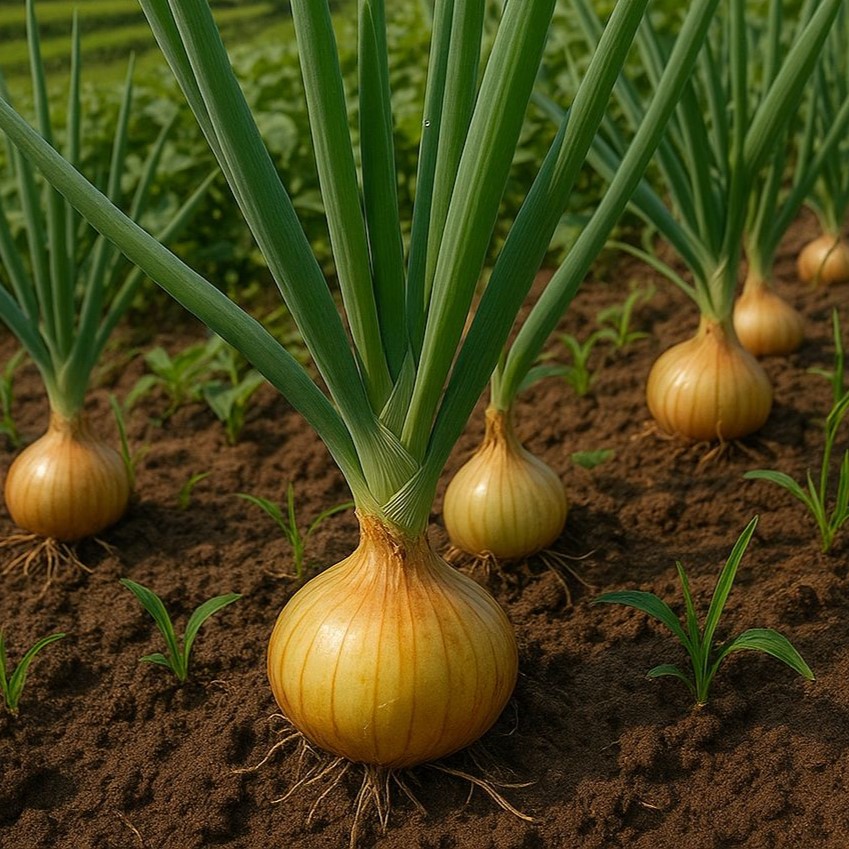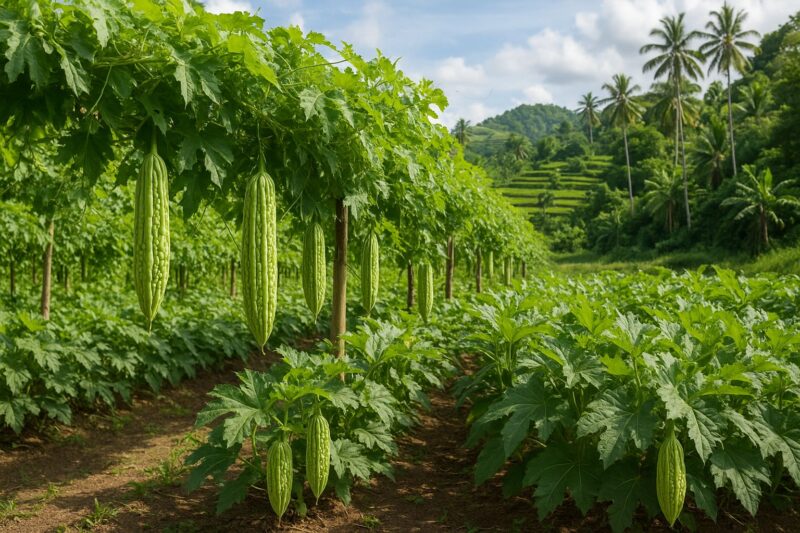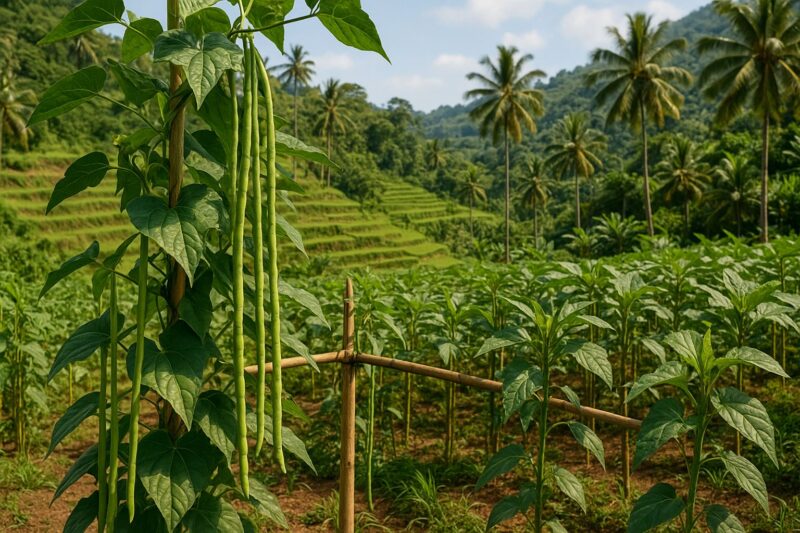Onions—sibuyas—are the aromatic backbone of many Filipino dishes, from sautéed garlic–onion bases in Luzon’s adobo to the crunchy garnish in Visayan kinilaw. Despite their ubiquity, growing onions under tropical conditions can feel tricky: they need cool starts, steady moisture, and careful handling to prevent rot. After several seasons tending beds in Bulacan—and gleaning insights from farmers in Ilocos, Bukidnon, and Cavite—I’ve settled on a routine that delivers firm, pungent bulbs nearly year-round. Here’s what works across varied Philippine environments.
Variety Selection
Local red and white bulb types each have their fans. Red onions—grown in upland Ilocos—tolerate cooler nights and fetch premium prices at Manila markets for their crisp texture and mild sweetness. In lowland sites like Bulacan and Laguna, white sweet varieties mature faster and resist heat stress. I plant reds in December—when temperatures dip—and whites in February, timing bulb enlargement before April’s heat. Mixing both extends my harvest window and gives culinary flexibility.
Soil Preparation
Onions demand loose, friable soil that holds moisture yet drains freely. In clay-rich plots, I work in two wheelbarrows of compost and a generous handful of rice hull charcoal per ten square meters. In sandy coastal fields—say in Negros—the addition of aged chicken manure or coconut coir boosts water retention. Aim for pH 6.0–6.8. A quick field test—a splash of vinegar and baking soda—gives a rough sense: fizz with baking soda hints at acidity needing lime adjustment.
Seedling Care and Transplanting
I start with healthy seedlings from reliable nurseries. Seed trays go under shade cloth for three weeks, watered gently to keep soil damp but not soggy. When seedlings reach pencil thickness—about four to six weeks—I harden them off: two hours of morning sun on day one, increasing daily until they can handle full light. Transplant at the onset of the dry—or late cool—season: January for upland reds, February for lowland whites. Space plants 10 cm apart in rows 30 cm apart, planting the bulbs just beneath soil surface.
Watering and Mulching
Onions need consistent moisture during bulb formation but hate waterlogged feet. I water deeply twice a week—morning only—so roots reach 15-cm depth, then allow the surface to dry slightly. Mulching with rice straw keeps soil cool, suppresses grass, and cuts evaporation. In raised beds or containers, I check by feel: a handful of soil should clump loosely yet not ball up.
Feeding and Side-Dressing
At planting I mix a teaspoon of bone meal into each hole for phosphorus. Four weeks in, when bulbs start to swell, I side-dress with decomposed chicken manure or compost tea—about a handful per plant row—placing it beyond the drip line to encourage roots outward. A light sprinkle of wood ash at six weeks boosts potassium for firmer bulbs. Too much nitrogen early on, I learned, yields leafy growth at the expense of bulb size.
Pest and Disease Management
Onion thrips—tiny, sap-sucking insects—can discolor leaves. Weekly inspections and a gentle neem oil spray in the cool morning knock them back. Purple blotch, a fungal spot under humid conditions, shows up as purple rings on leaves; pruning affected foliage and improving row airflow halts its spread. I avoid chemical fungicides, preferring copper-based organic sprays when outbreaks intensify.
Harvesting and Curing
White onions mature in roughly 90 days; reds take 120. When necks soften and tops flop, I stop watering for a week and let plants dry in field sun. Then, I gently lift bulbs with a fork—avoiding bruises—and lay them on woven mats under shade for two days to cure skins. Once papery, I trim roots and tops, leaving a two-centimeter collar for storage. In a cool, ventilated shed, onions keep for three to four months, perfect for off-season cooking or sale.
Case Study
A fellow grower in Ilocos rotated onions with garlic in raised beds, using onion peel mulch to suppress weeds. Yields increased by 15 percent, and soil structure improved over two seasons. It reminded me that simple local innovations can amplify results.
Growing sibuyas across the Philippines hinges on variety timing, soil health, water balance, feeding, and vigilant but gentle pest checks. With patience—and a few compost-laden mounds—you’ll harvest firm, flavorful bulbs that spice up every Filipino kitchen.
I’m open for consulting and speaking opportunities on sustainable vegetable production nationwide. Let’s grow together.
#Sibuyas #OnionFarming #PhilippineAgriculture #SustainableFarming #HomeGarden #ConsultingAvailable #SpeakingOpportunities




